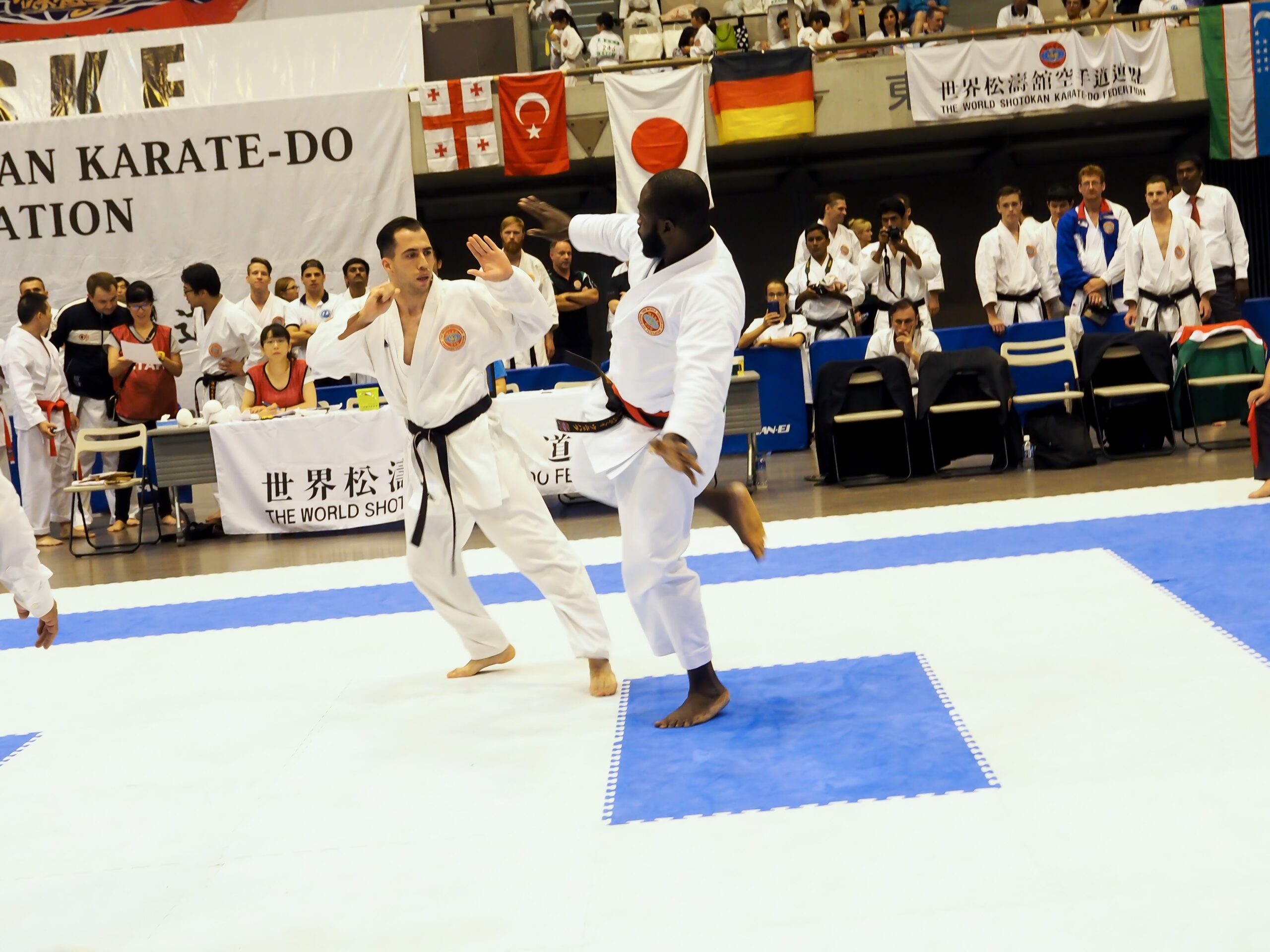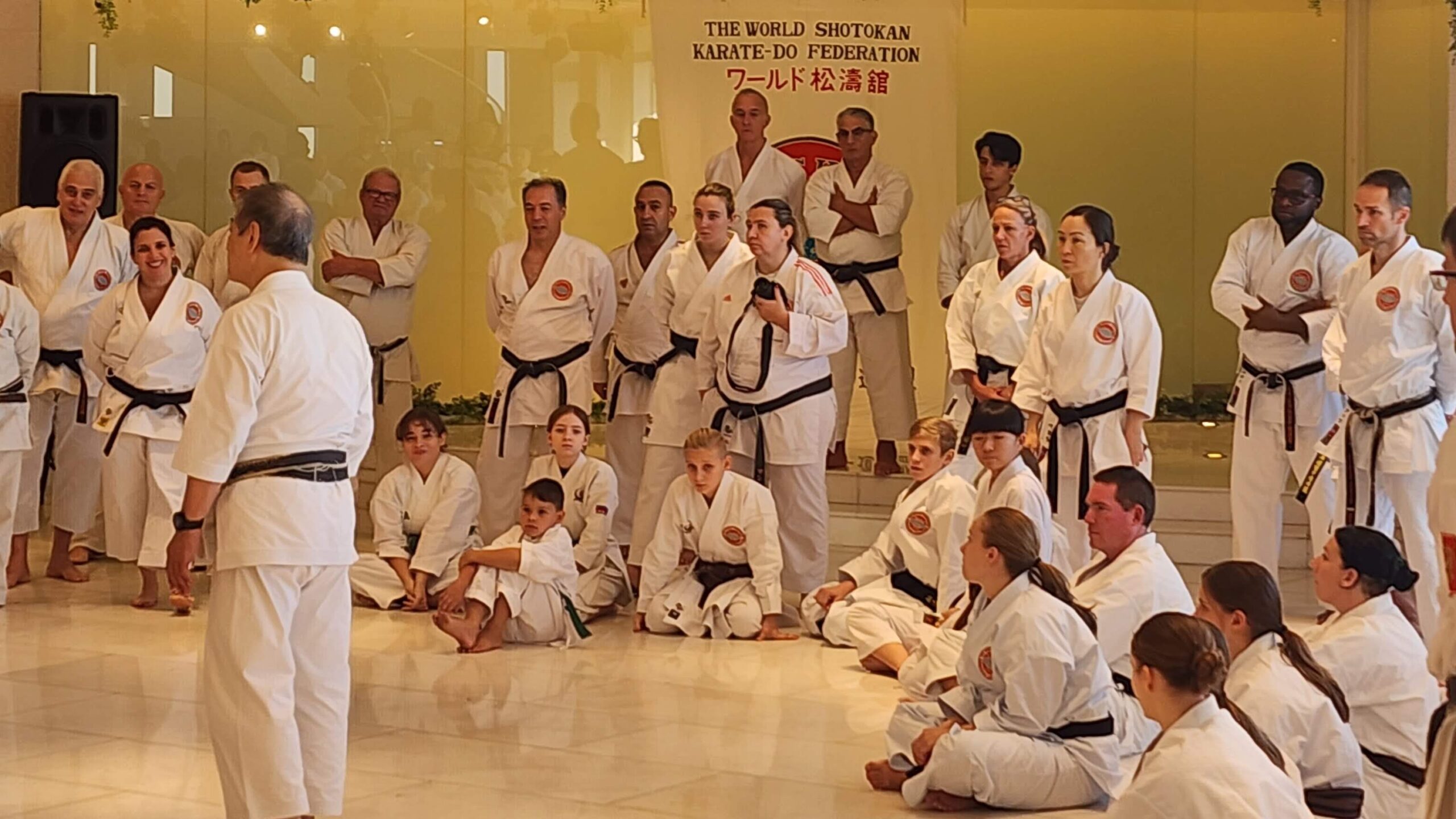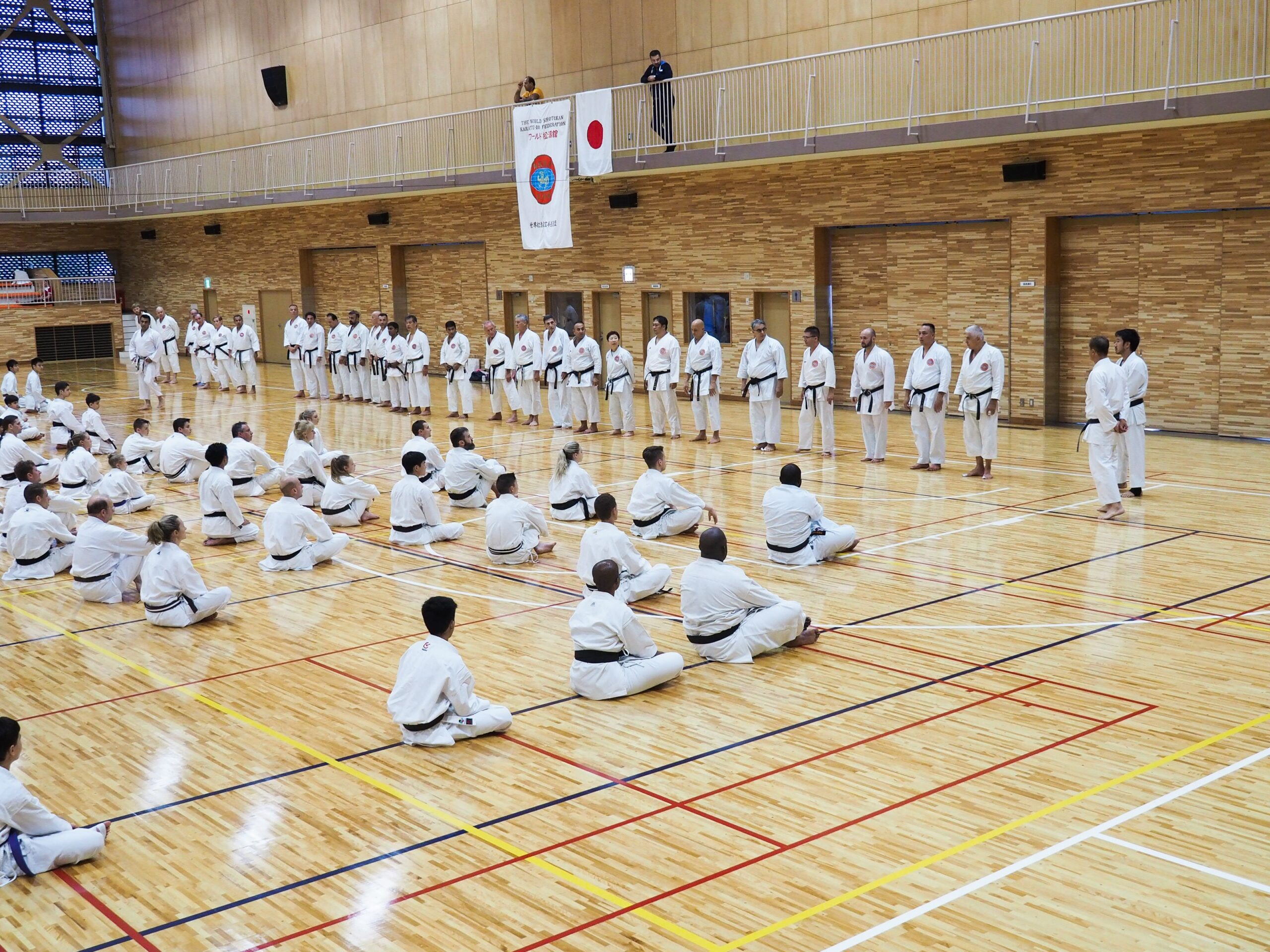Karate, with its graceful yet powerful movements, has captivated the hearts and minds of martial arts enthusiasts around the globe. But beyond its physical prowess lies a rich tapestry of history, culture, and tradition. In this blog post, we embark on a journey through time to uncover the origins and evolution of Karate, tracing its path from ancient roots to modern-day prominence.

Ancient Origins:
The origins of Karate can be traced back to the Ryukyu Kingdom, a small island chain located in present-day Okinawa, Japan. During the 14th century, trade and cultural exchange between Okinawa and China flourished, leading to the exchange of martial arts knowledge. It was during this period that the foundational elements of Karate began to take shape, blending indigenous Okinawan fighting techniques with Chinese martial arts.
The Influence of Te:
Central to the development of Karate is the indigenous Okinawan martial art known as Te (literally “hand”). Te encompassed a wide range of striking, grappling, and self-defense techniques, which were refined and systematized over generations. With the introduction of Chinese martial arts, particularly Shaolin Kung Fu, Te underwent further evolution, incorporating new techniques and principles.
The Birth of Karate:
The term “Karate” itself translates to “empty hand,” reflecting the art’s focus on unarmed combat. It wasn’t until the early 20th century that Karate as we know it today began to emerge. Masters such as Gichin Funakoshi and Kenwa Mabuni played pivotal roles in popularizing Karate on the Japanese mainland, introducing it to a wider audience and adapting it to suit modern sensibilities.
Karate in Japan:
In Japan, Karate underwent a significant transformation, evolving from a regional fighting art to a global phenomenon. The post-World War II era saw a surge in interest in martial arts, fueled in part by the influence of American servicemen stationed in Japan. Karate schools, or dojos, began to spring up across the country, offering training to a diverse array of students.

The Rise of Shotokan:
One of the most influential styles of Karate to emerge during this period is Shotokan, founded by Gichin Funakoshi. Shotokan is characterized by its emphasis on strong, linear techniques and rigorous training methods. It quickly gained popularity both in Japan and abroad, becoming synonymous with Karate itself.
Karate Goes Global:
In the latter half of the 20th century, Karate experienced explosive growth on the international stage. Thanks to the efforts of pioneers like Mas Oyama, Hirokazu Kanazawa, and Hidetaka Nishiyama, Karate spread to every corner of the globe, transcending cultural boundaries and inspiring countless practitioners.

From its humble origins in Okinawa to its status as a global phenomenon, the history of Karate is a testament to the enduring power of martial arts. As we reflect on the journey of Karate, we gain a deeper appreciation for its cultural significance and timeless wisdom. Whether as a means of self-defense, physical fitness, or personal growth, Karate continues to enrich the lives of millions, carrying forward a legacy centuries in the making.
